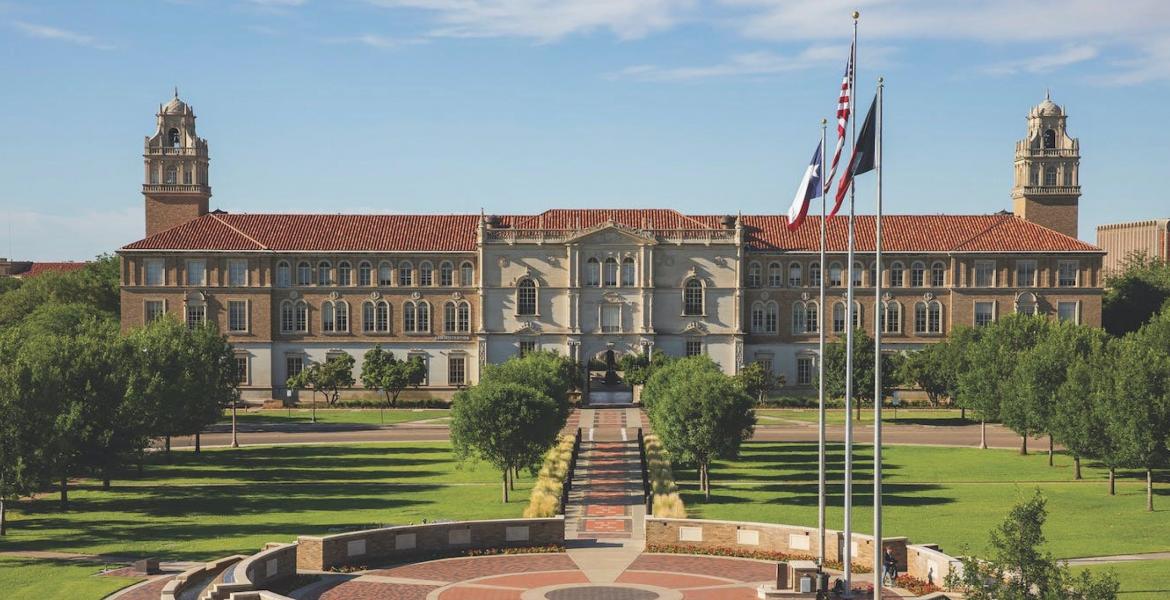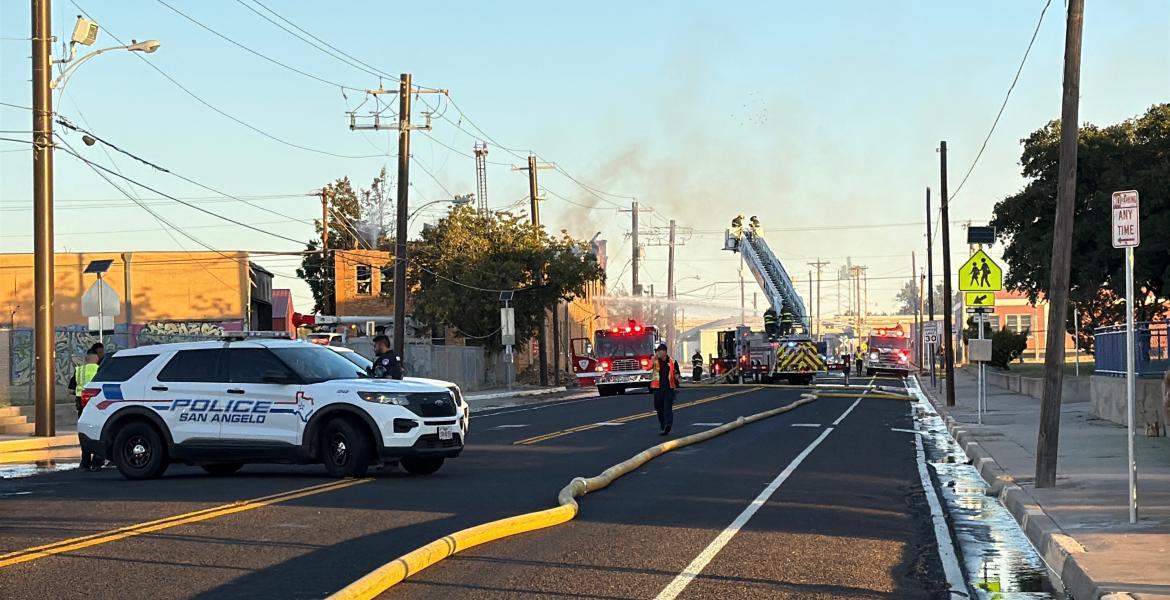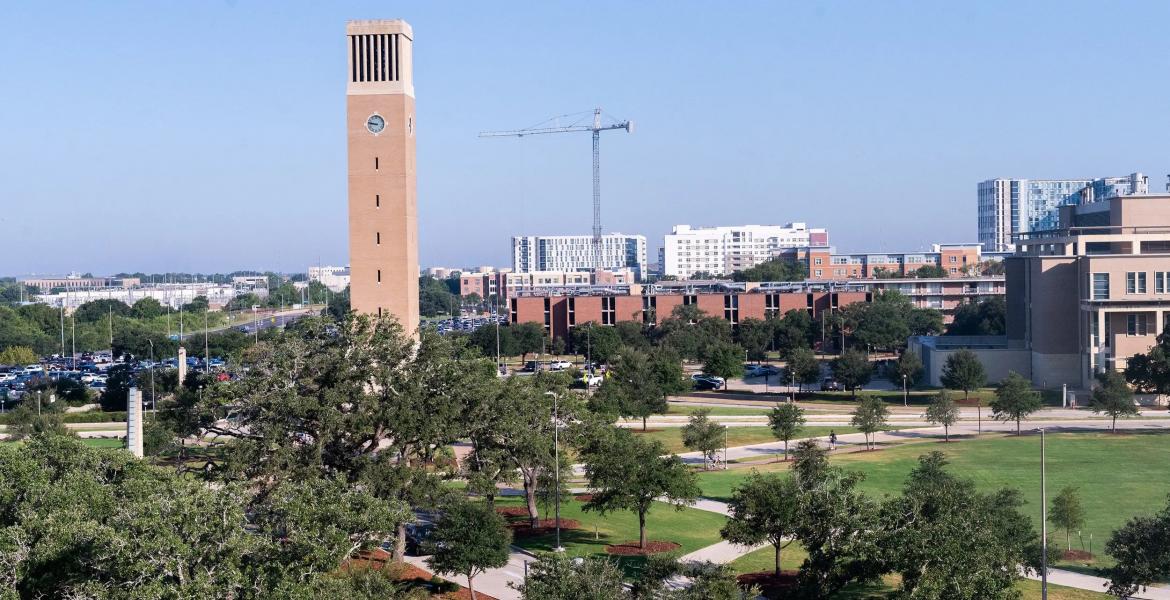HOUSTON – In a monumental leap for space exploration, the United States has returned to the lunar surface for the first time in over five decades, marking a historic milestone since the Apollo missions of the 20th century. The landing, achieved by the commercial spacecraft Odysseus, signifies a significant breakthrough as the first commercial vehicle to gently touch down on the moon's rugged terrain, and notably, the first U.S.-made craft to achieve this feat since the conclusion of the Apollo program more than fifty years ago.
This remarkable mission holds particular significance for NASA, as it aligns with the agency's strategic objectives within the Artemis program, aimed at lunar exploration and eventual crewed missions to the moon later in the decade. Intuitive Machines, the primary contractor behind Odysseus, has collaborated closely with NASA in realizing this pioneering endeavor, underscoring the agency's commitment to fostering commercial partnerships to advance space exploration.
NASA Administrator Bill Nelson heralded the historic moment, remarking, "Today for the first time in more than a half-century, the US has returned to the moon. Today is a day that shows the power and promise of NASA’s commercial partnerships. Congratulations to everyone involved in this great and daring quest."
The culmination of this mission saw Odysseus executing a precise landing maneuver at 6:24 p.m. ET on Thursday, utilizing its methane-fueled engine to navigate towards the lunar surface and swiftly decelerate from speeds of 4,000 miles per hour (1,800 meters per second). However, in a testament to the adaptability and innovation of the mission team, a last-minute challenge emerged as an issue with Odysseus' navigation systems surfaced, necessitating an improvisation.
Gary Jordan, a NASA communications manager, revealed that the lander encountered a navigation hiccup, prompting a swift decision to leverage experimental technology for guidance. "Intuitive Machines made the decision to reassign the primary navigation sensors from Odysseus … to use the sensors on NASA’s Navigation Doppler Lidar (NDL)," explained Jordan during the webcast.
The utilization of the Lidar payload, an experimental technology designed to enhance the precision of lunar landings, proved pivotal in overcoming the unforeseen obstacle, allowing the mission to proceed against the odds. Farzin Amzajerdian, NASA's principal investigator for the instrument, elaborated on its functionality, stating that the Lidar system employs laser beams to provide precise measurements of speed and flight direction, enabling more accurate landings on extraterrestrial surfaces.
The successful landing of Odysseus comes amidst a global resurgence in lunar exploration efforts, with nations like China, India, and Japan making significant strides in lunar exploration. The IM-1 mission, encapsulated within this renewed international fervor for space exploration, exemplifies the collaborative spirit and technological prowess driving humanity's quest to unravel the mysteries of the cosmos.
Having traversed approximately 620,370 miles (1 million kilometers) through the vast expanse of space, the phone booth-sized lander embarked on its final leg of the journey, culminating in a triumphant touchdown on the lunar surface after a week-long voyage.
Subscribe to the LIVE! Daily
Required






Post a comment to this article here: